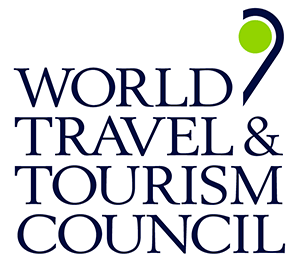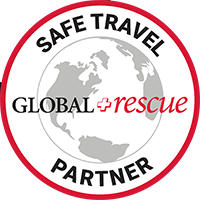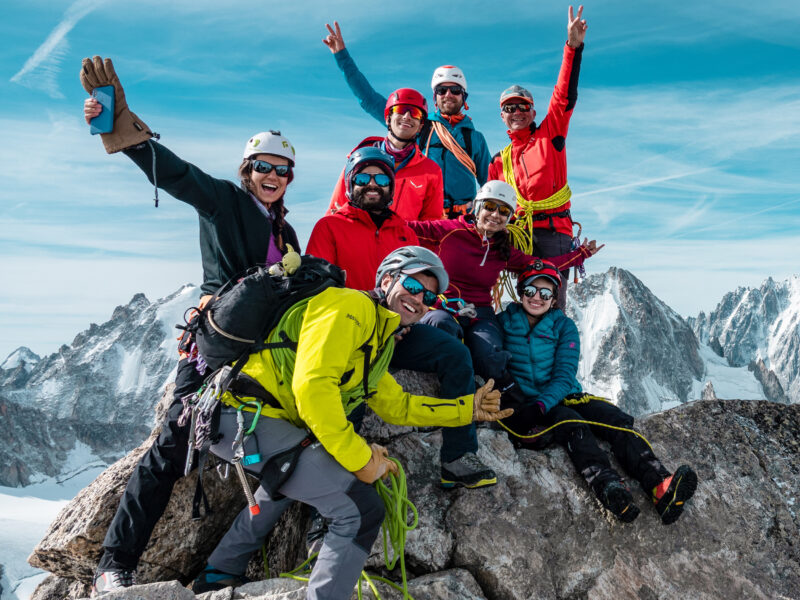BY Rami Rasamny | January 22 2024
Preparing Physically for Kilimanjaro: A Holistic Training Guide
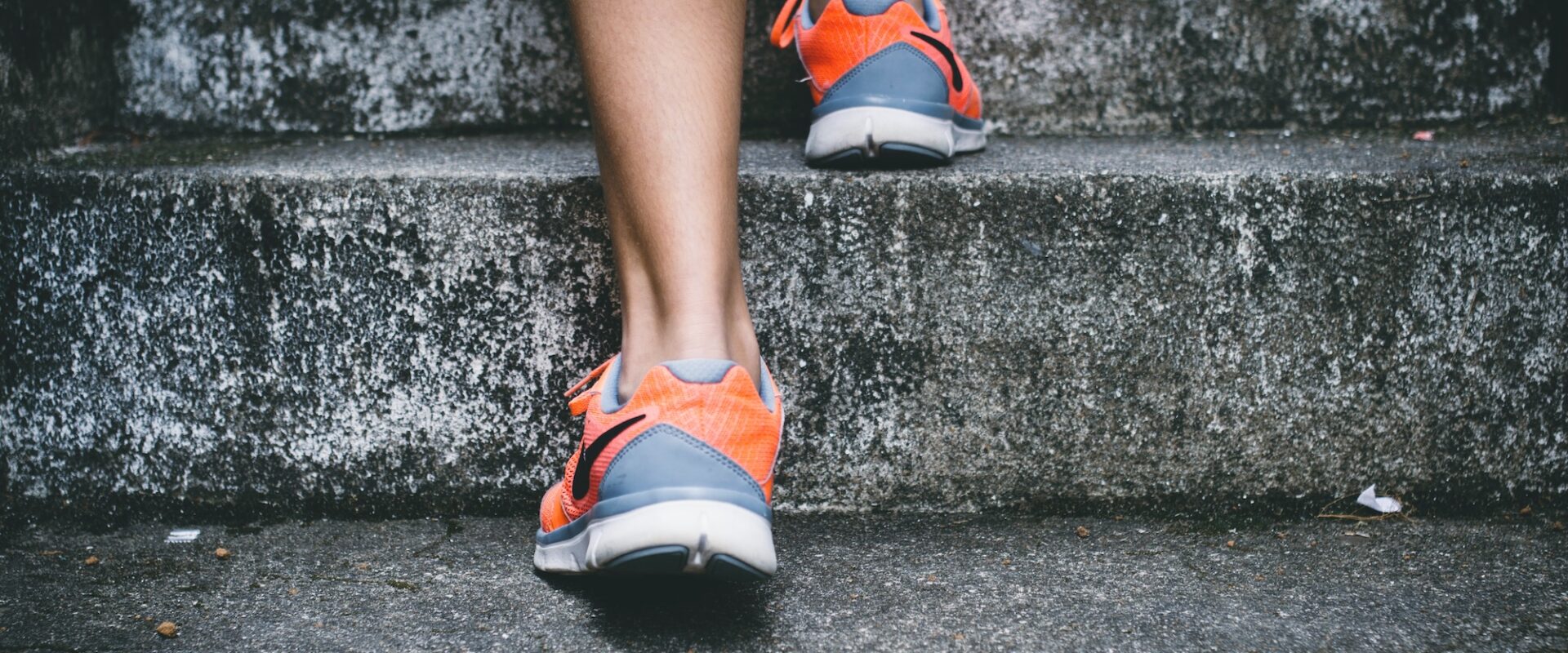
Embarking on the journey to summit Mount Kilimanjaro requires not just determination but a good level of physical fitness. To fully enjoy this life-changing experience, one must take preparation seriously. Here’s a comprehensive guide on how to train effectively for Kilimanjaro, focusing on building the stamina and strength necessary for the ascent.
Aerobic Fitness
Kilimanjaro’s challenge lies in steep ascents and long descents with light backpacks not exceeding 5 kilograms. To conquer this, your fitness routine should zero in on developing hiking endurance, leg strength, and cardiovascular fitness.
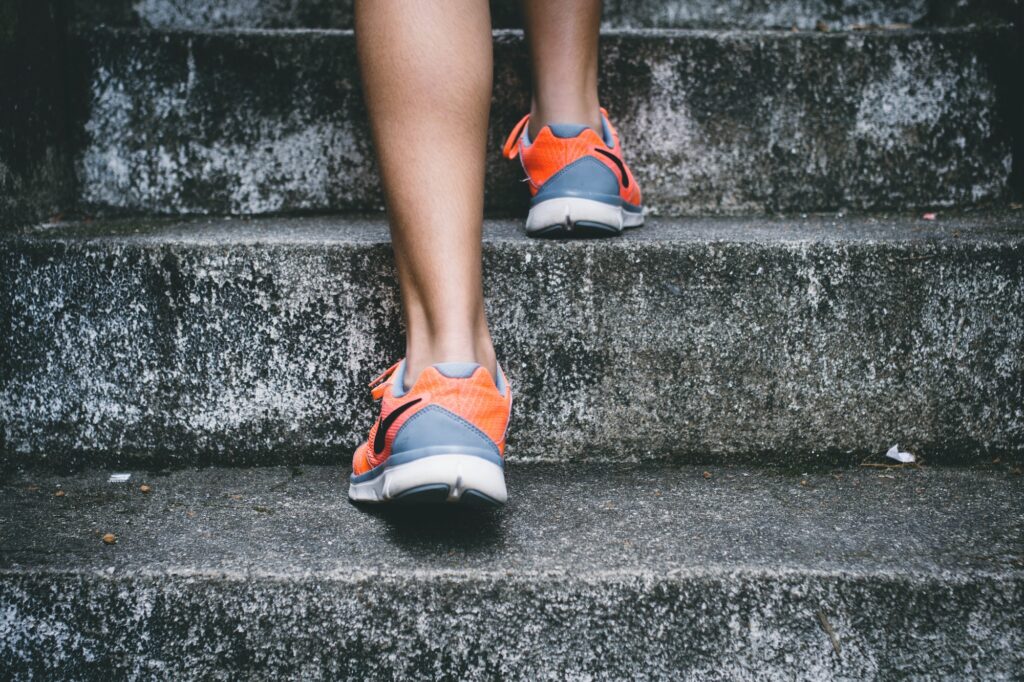
Running, Hiking, Stair Climbing, and Biking:
- Start with a mix of jogging and running for at least 30 minutes, gradually increasing both duration and intensity over time.
- Include uphill hikes to simulate climbing conditions on Kilimanjaro. Gradually extend the distance and elevation gain in your hikes.
- Incorporate stair climbing to build lower body strength and mimic the ascent of the mountain.
- Include biking sessions for a low-impact aerobic workout.
Strength Training
Building overall strength is crucial for tackling the varying landscapes and challenges encountered during the climb.
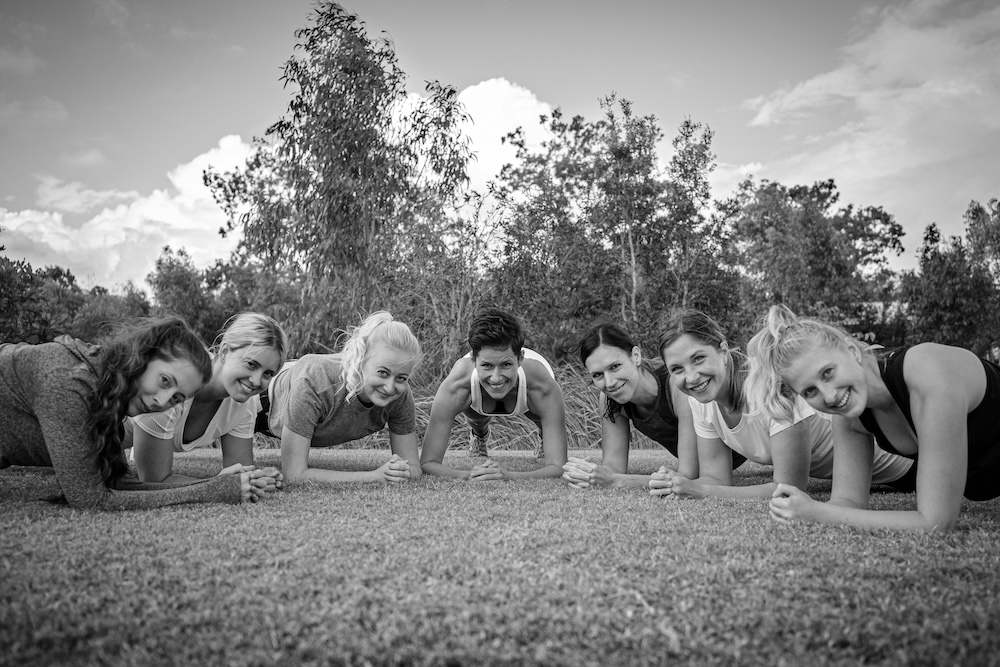
Squats, Lunges, Deadlifts, and Core Workouts:
- Perform bodyweight squats initially, progressing to weighted squats to strengthen quadriceps, hamstrings, and glutes.
- Include walking lunges and stationary lunges to enhance stability and leg strength.
- Incorporate both traditional and Romanian deadlifts to target the posterior chain.
- Include core workouts like planks, Russian twists, and leg raises for better balance.
Flexibility and Mobility
Maintaining flexibility is essential for performance and injury prevention.
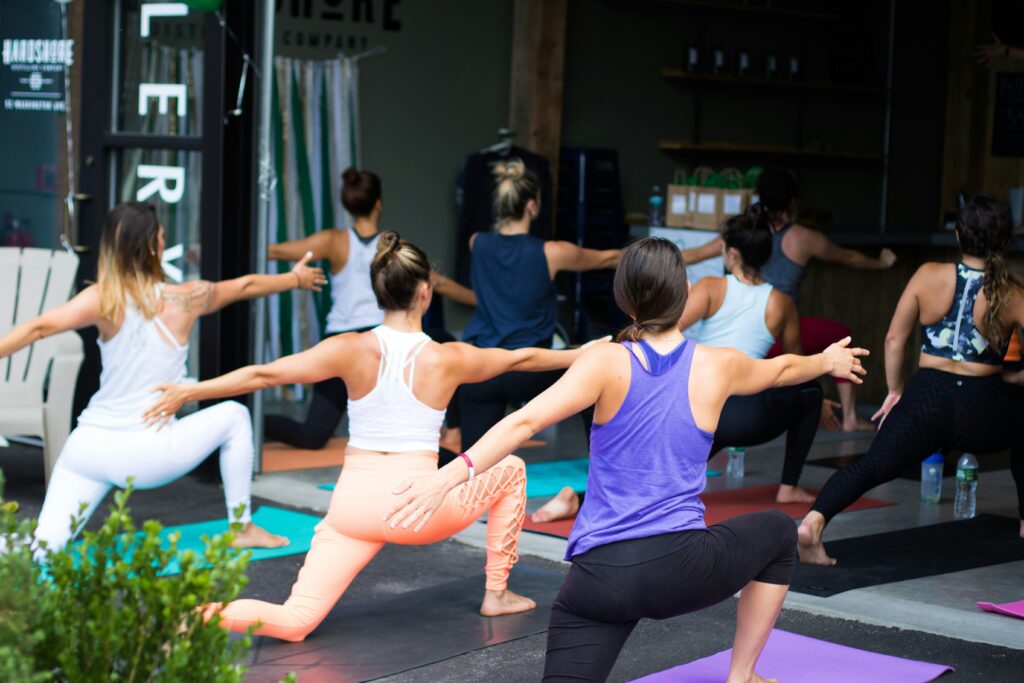
Stretching, Yoga, and Foam Rolling
- Regularly stretch hamstrings, quadriceps, calves, and hip flexors, holding each stretch for at least 15-30 seconds.
- Include yoga sessions with poses that enhance flexibility and balance.
- Use a foam roller to release tension in muscles and improve overall mobility.
Interval Training (HIIT)
Mimic the intensity of Kilimanjaro’s terrain with high-intensity interval training.
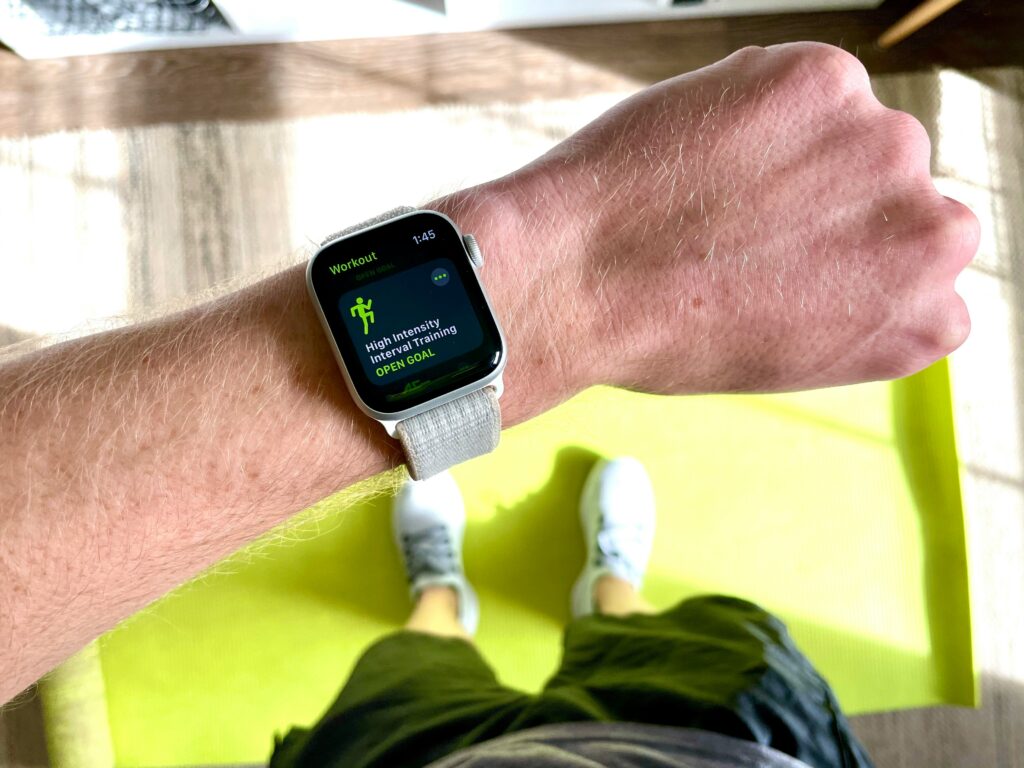
Sprint Intervals, High Knees, Burpees, and Circuit Training:
- Alternate between short sprints and rest periods to simulate the varied terrain on Kilimanjaro.
- Include high knees and burpees to boost cardiovascular endurance and agility.
- Create a circuit incorporating bodyweight exercises like jumping jacks, mountain climbers, and box jumps.
Training Frequency
Dedicate at least 2 to 3 days a week specifically to train for the Kilimanjaro experience. Consistency is key in building the necessary physical resilience and stamina required for the ascent.
Conclusion
Preparing for Kilimanjaro is a transformative journey that demands a holistic approach to fitness. Lace up those hiking boots, start your training routine, and get ready to conquer the “Roof of Africa”! While physical fitness is crucial, mental preparation and a positive mindset are equally vital for a successful Kilimanjaro adventure. Always consult with a fitness professional or healthcare provider before starting any new exercise program, especially for a physically demanding adventure like climbing Kilimanjaro.
About The Author
Rami Rasamny is the founder of Life Happens Outdoors, a premium adventure travel community dedicated to transforming lives through curated outdoor experiences. A mountaineer and entrepreneur, Rami has led teams on some of the world’s most challenging peaks, from the Alps to the Himalayas. His mission is to make adventure accessible, transformative, and safe for all who seek to push their limits and Come Back Different.
About Life Happens Outdoors
At Life Happens Outdoors, we believe in the power of nature to transform lives. As proud members of the Adventure Travel Trade Association (ATTA) and the World Travel & Tourism Council (WTTC), our team of certified guides and outdoor professionals is committed to the highest standards of safety, sustainability, and excellence.
Discover more about our story and mission on our Meet LHO page, or explore our curated adventures such as the Tour du Mont Blanc Trek, the Climb of Kilimanjaro, and Chasing the Northern Lights.










